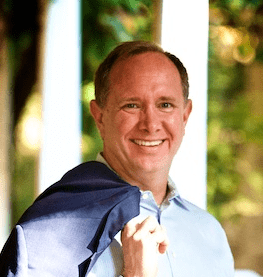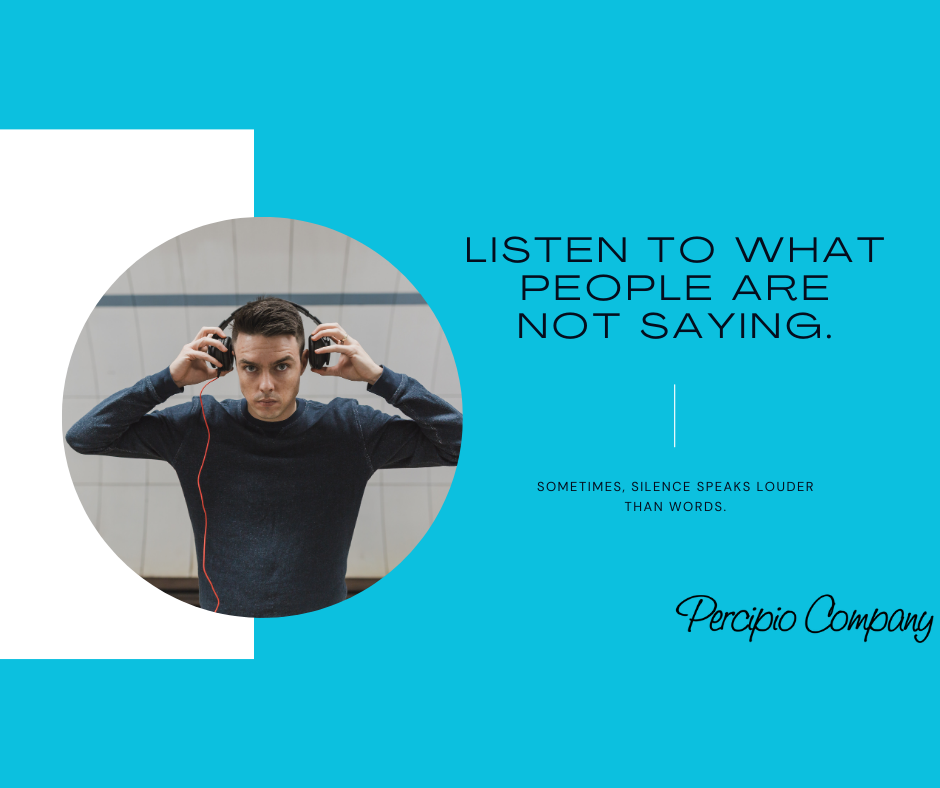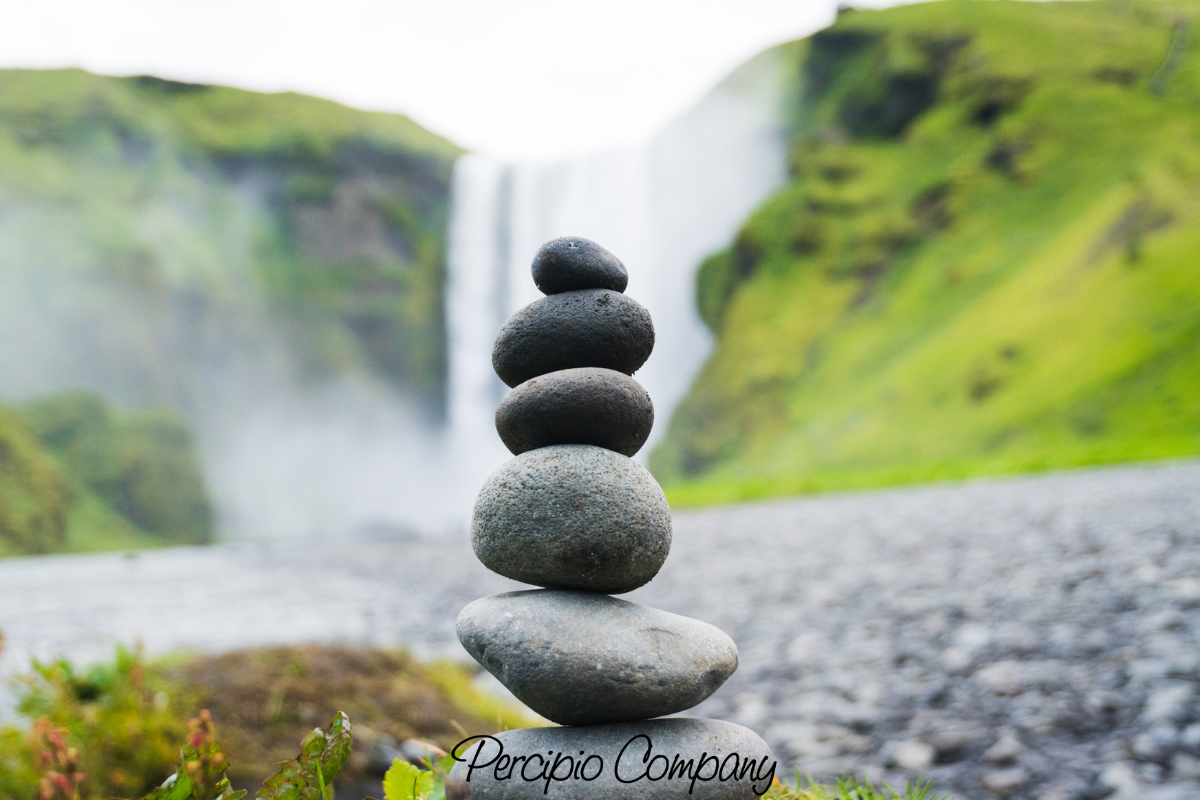Another calendar invite for a zoom meeting? Maybe you’ve already taken a deep sigh or rolled your eyes at the thought. Far too many zoom meetings have followed the path of in-person meetings by embracing the norm of becoming routine and unnecessary. Ones where we know the outcome before we attend. The same one or two people talk at length. Someone dispenses information that could be an email. Or we look at our upcoming virtual meeting as a “take-a-break” hour to make one contribution, go on mute and “multi-task” (surf the Internet, check email, pay bills, play solitaire, etc) until we can get back to the actual work we were doing before the meeting.
We believe in a different approach. As inclusive leaders, it is our responsibility to make virtual meetings matter. To intentionally design meetings for real value, effectively communicate that value, and invite people to join. More than that – we believe a regular recurring meeting could become something you look forward to. It could be the best part of your week.

To create that dynamic virtual meeting, you first need to build your team. Having a facilitation team shifts the mindset from “one-to-many” to “many-to-many.” At Inclusive Leaders in a Virtual World (ILVW), we have a small team to keep our meeting flowing smoothly. Common roles might include: emcee, facilitator, timekeeper, tech, chat monitor, person to deal with the unexpected – such as if a participant has a pressing but tangential question or an urgent issue. Depending on the size of your meeting, one person can take on more than one role. However, meetings fail when one person tries to take on all these roles–one person cannot wear all those hats well.
The facilitation team then collaborates on the three stages for each meeting: Intention, Design and Reflection.
Intention
As leaders, we are often clear on what we need from a meeting without considering what participants need and without communicating our intentions clearly. Both are mistakes that can derail a meeting right from the start. Be clear on what constitutes a successful meeting and communicate that to everyone attending. Success could look like:
- unearthing key questions and having a good discussion without conclusions
- walking out with concrete action steps
- information sharing or community building
Whatever the intention, the important step is to communicate it to everyone attending. An participant expecting to walk out with a to-do list might be frustrated by a meeting intended to build community. A person expecting to unearth key questions would be equally frustrated by moving into action steps. Let’s take a look at the intention behind our weekly 60-minute meeting, Inclusive Leaders in a Virtual World (#ILVW).
[to]“Build a community that deepens connections by leveraging a powerful model for virtual engagement and value-rich content. We get the best facilitators on the planet to share a best practice and their unique approach toward Inclusive Leadership.”
For us, the language matters – we are creating a vibrant space so we have “facilitators” rather than guest speakers. People who come are “participants” instead of attendees for the same reason. Letting participants know what to expect will allow them to show up with the right mindset. This will not be a passive 60 minutes.
Design
Once you know your intention, the design needs to match. In 2019 BC (Before Covid), we lived and worked in a mostly in-person world. We had easy regular ways to connect through loose ties – lunchtime, informal gatherings, running into each other on the elevator. Through ILVW, we want to intentionally and deliberately create opportunities for these loose connections to form. Our interactive structure is designed for engagement, deep learning, getting to know people and encouraging people to build relationships outside of the meeting. We make every effort to allow the widest range of meaningful contribution, to use different modalities and to embrace different styles of learning. Everything in the meeting design points to that goal.
10:00-10:10: The Intro/Set the Stage.
An emcee welcomes people into the room with energizing music playing – either chosen by the guest facilitator or the emcee. Energizing does not have to mean high energy – it simply has to set the tone for the rest of the time together. Over the past three years, we’ve collected these songs into an Inclusive Leadership in a Virtual World playlist.
We then do a 1-3 minute icebreaker, often involving the chat, whiteboard or gathering real-time input from the group using the underutilized zoom annotation tool. Regardless of your intent, It’s a good idea to have a low-stakes way for everyone to participate in the first ten minutes to help people make the transition into the meeting time.
10:10-10:20: Featured Facilitator/Plant the Seed.
Every week we bring in a facilitator to share one essential element of their work, one take-away thought for participants to mull over and incorporate into their own lives. The facilitator takes the group through a brief experience or shares a personal, provocative idea for further discussion. Because we’ve established the chat as an interactive tool, there are highlights, insights, summaries, questions, comments all actively contributed as the facilitator shares. We encourage limited use of slides. Nothing is worse than listening to someone read off a lengthy slide deck. While 1-2 visuals can help focus the listener, we encourage someone actually speaking instead – it is easier to feel someone’s passion and enthusiasm from their facial expressions and voice than from a slide deck. Wasn’t this what Powerpoint was intended to?
10:20-10:35: Breakthrough Rooms/Watch It Grow.
This is where the learning and connection deepens and why participants return to our meetings. In triads, people begin to grapple, to ask questions and to take the first step in bringing a new idea into an action. It’s also an opportunity to meet new people or to get time with colleagues in a smaller setting.
We intentionally call them breakthrough rooms because that is what we expect during this time – a breakthrough, an Aha! that will translate into their work. Trust that people are going to have amazing insights and make powerful connections even if you can’t hear them as the facilitator. If people want to have longer conversations, that’s a great sign that a breakthrough is happening.
10:35-10:45 Learnings and Insights/The Aha Moments Bloom.
Deeper learning continues when people share their aha moments in the full group. New ideas continue to spark and grow into action when we share collective wisdom. Sometimes in the large group, people bring up tangents that could shift the focus. We want to honor that energy while also staying on target. For this reason, we have both a person available to talk separately, and we also have 15 minutes after the meeting concludes to continue discussion.
10:45-10:50 Featured Facilitator Final Thoughts.
Our featured facilitator takes a moment to summarize, synthesize and celebrate what they have heard. It’s also the right time to share their contact information with participants.
10:50-11:00 New Participant Introductions, Announcements, Closing
We intentionally introduce new participants near the end of our 60 minutes rather than at the start. Our meeting is fairly large (30-40 people) and typically has people joining for the first time. We want newcomers to get an experience of the meeting before introducing themselves and what their superpower is.
Save announcements for things that really matter. We encourage networking so it’s common for an announcement to be from someone to someone else in the meeting. We refer to this as “Shine the Light” and when you are shining the spotlight on someone else, you inevitably draw yourself out of the shadows.
We recognize that the time we had together is typically not enough so we encourage participants to continue their conversations with each other. We reserve 15 minutes for Bonus Time after the meeting to continue conversations. Immediately after the meeting ends, a post is made to Linkedin tagging each participant to make additional conversations easier.
Reflection
The work of the meeting doesn’t end when the meeting ends. We welcome feedback and build in moments throughout the year to explicitly ask participants for ways to improve. The facilitation team meets periodically to reflect as well. You might find yourself resisting this step – a meeting about the meeting–I don’t have time for that! It only takes 5-10 minutes but without reflection and regular maintenance, a meeting can lose its vitality over time. With reflection, meetings can get stronger and stronger.
Inclusive Leadership in a Virtual World (#ILVW) is a methodology and a movement. It is a by-product of Covid protocols and a model for how to get collaborative work done in the modern era. If you’d like to sample it for yourself, please join us. Register once and join whenever your schedule permits on Wednesdays, 10-11 PST.

Percipio Company is led by Matthew Cahill. His deep expertise in cognitive, social, and workplace biases is rooted in the belief that if you have a brain, you have bias®. He works with executives to reduce mental mistakes, strengthen workplace relationships & disrupt existing bias within current HR processes, meeting protocols and corporate policies. Matthew has demonstrated success with large clients like LinkedIn, Salesforce and dozens of small to mid-size companies looking to create more inclusive workplaces, work smarter, generate more revenue and move from bias to belonging®.





